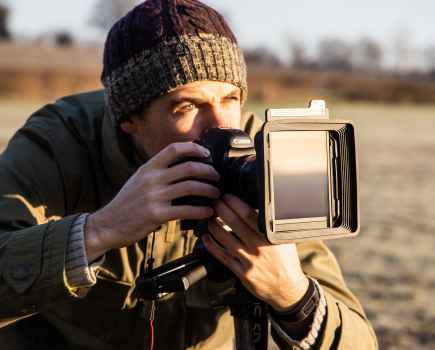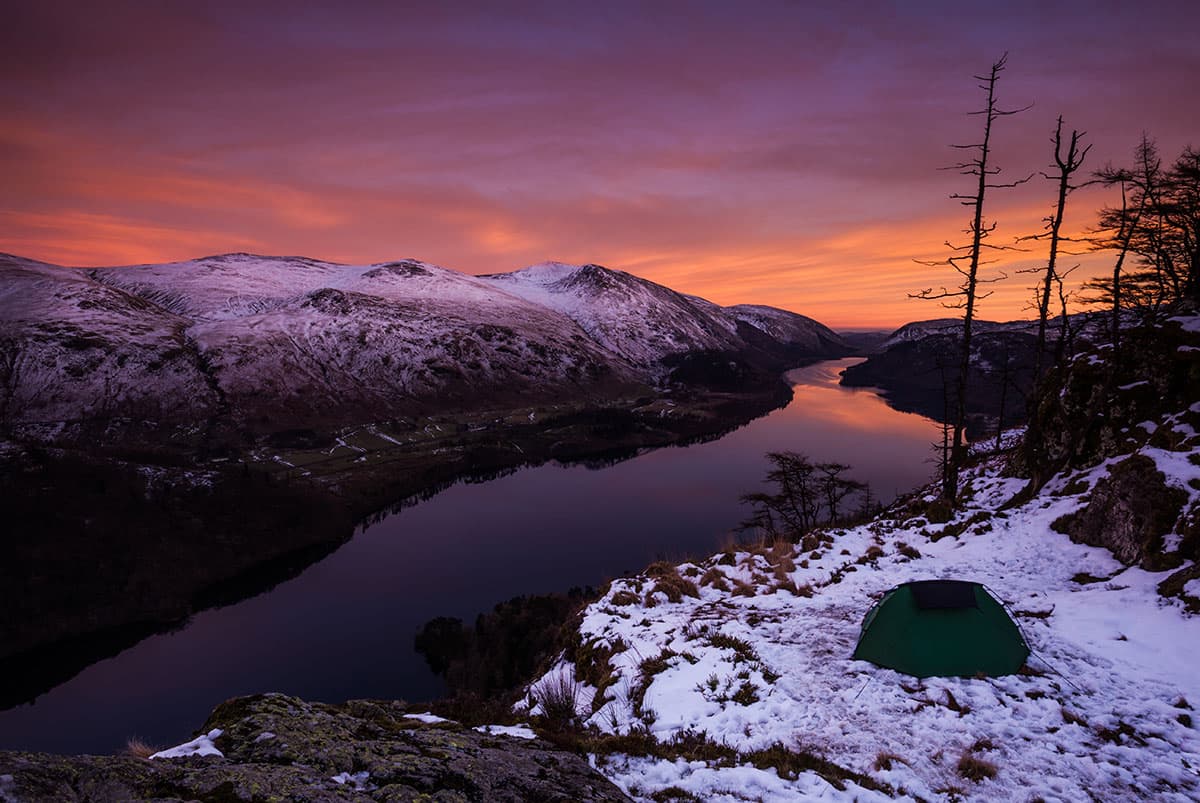
You can’t beat waking up in your chosen location, ready to photograph
If you love exploring the great outdoors with your camera, and you don’t mind roughing it a bit and carrying a two-and-a-half-stone rucksack up a hill, then camping for photography can be a fantastic way to immerse yourself in the landscape and witness sights you might otherwise miss. Wild camping presents superb and varied photographic opportunities.
Wild camping can also be very flexible. You don’t need to pre-book, or cancel then lose your deposit if the weather turns bad. You can just go when time permits and the weather looks promising. Once you have some basic gear, it can also be a very cost-effective way of extending your photography day trips into weekend ones.
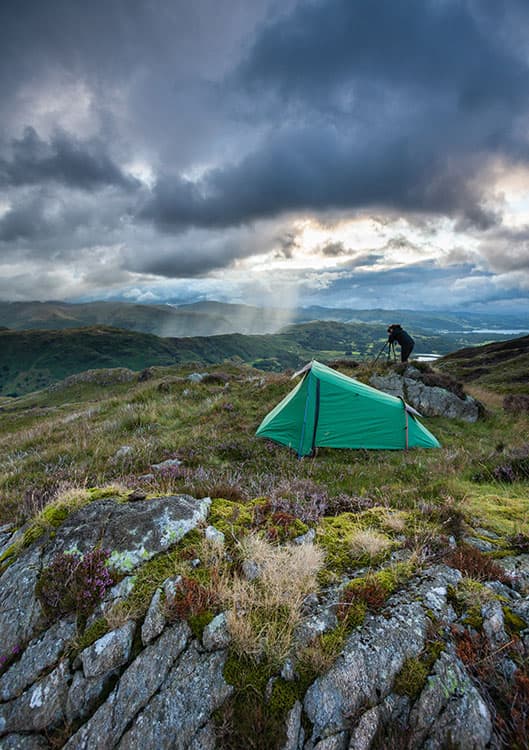
Wild camping means you’re always ready for the conditions to come together for that shot you might otherwise miss
Do your research
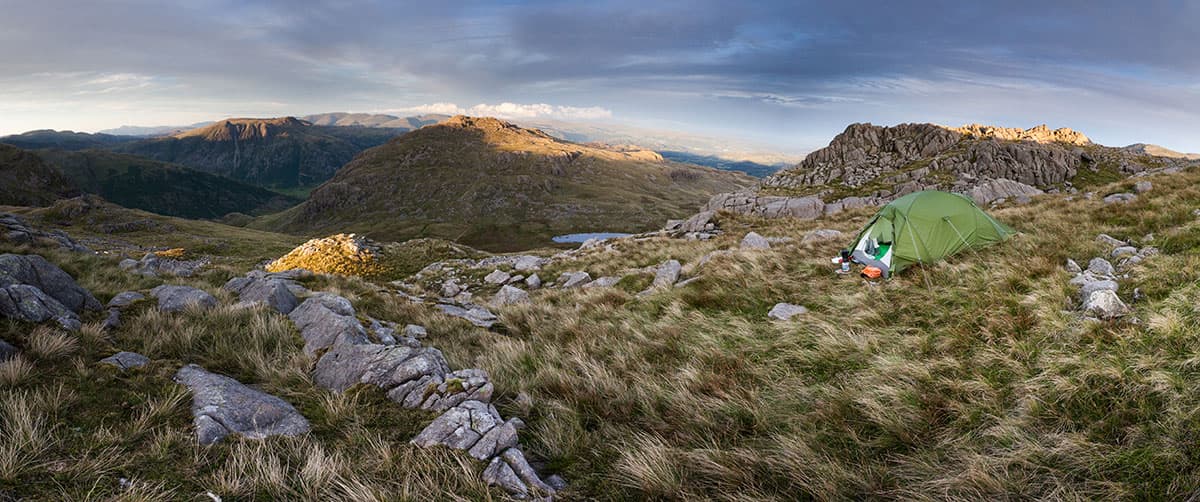
Do your research before you head out to ensure you are free to set up your camp
Before pitching your tent, research the guidelines in relation to wild camping in your chosen location. In England, wild camping isn’t strictly legal unless you have the landowner’s permission. Despite this, though, in the Lake District wild camping is generally tolerated on the high ground well above enclosed farmland, so long as you adhere to some general principles.
These include: leave no trace of your presence (definitely no fires – take a small stove instead); blend in with your surroundings using a small, discreetly pitched tent; camp in groups of no more than a few tents. Access rules may change over time and do vary across England, Scotland and Wales, so before you set off, it is best to check what the regulations are to avoid a rude awakening.
Time slows down massively when you wild camp, giving you the opportunity to make a cup of coffee, set up camp, explore your area, shoot the sunset, photograph the night sky, and then get up early to see if there is an elusive cloud inversion hovering over the valleys to greet you at sunrise. If we’re not hiking very far and it’s cool overnight, we sometimes take sausages up the fell for breakfast as a special treat. It’s hard work climbing up the fell with all your photography and camping gear, but it is 100% worth the effort. Here’s how to get started.
1. Wild camping gear
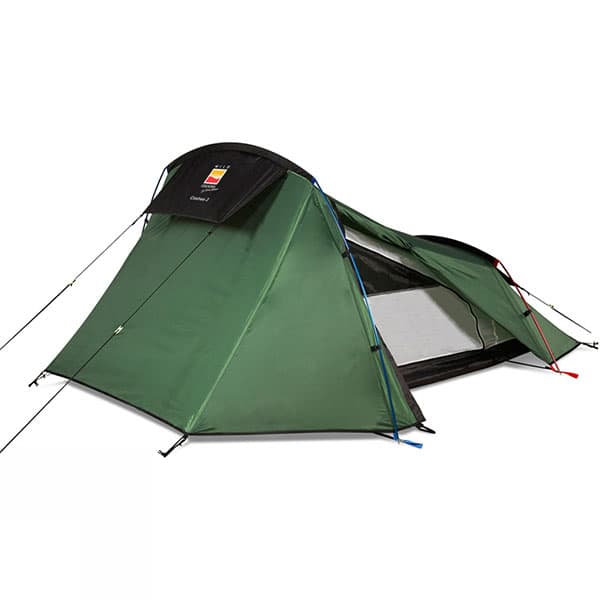
If you’ve never wild camped before, the good news is that unless you plan to camp in extreme conditions, you don’t need to spend a fortune on a tent. We started out with an inexpensive Coshee 2 tent, which served us well for a few years. There are plenty of other budget wild-camping tents on the market that are reasonably lightweight, or, if you prefer, even lighter weight tarps and bivi bags. You’ll also need a rucksack (I use a 75-litre one with plenty of external pockets and straps) that you can fit both your camping and camera gear into, a warm, lightweight sleeping bag, an inflatable sleep mat (worth the investment for comfort) and a stove, along with other bits and bobs such as a mug and water bottles. If there are water sources near your camp spot, a water-filter system is invaluable as this will make a big difference to the weight of your rucksack. The Sawyer Europe water filter is very good (www.sawyereurope.com).
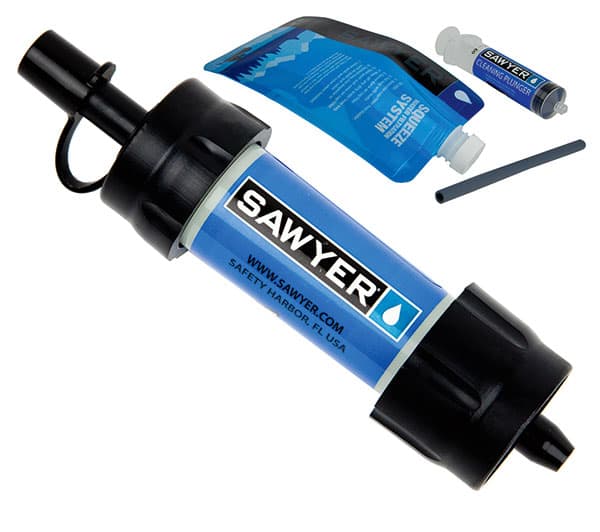
A water filter is invaluable near a wild water source
2. Research using websites and smartphone apps

An app such as the Photographer’s Ephemeris will tell you the sun’s position when you wake up
When deciding where to wild camp, it pays to do some research. The Photographer’s Ephemeris is as invaluable for choosing your wild-camp location as it is for planning any landscape photography. If you can find a fell that’ll give you a great view of sunset, sunrise, moonset or moonrise, then all the better. There are also some great hiking websites. A favourite is www.wainwrightroutes.co.uk, as each route map is accompanied by lots of photographs, which helps to make sure you don’t miss great features and viewpoints during your trip. Thanks to this website we’ve found lots of beautiful trees, waterfalls, tiny tarns and less well-known views to photograph. For planning ahead and for navigation on the trip, a waterproof version of the OS Explorer map is always in my bag, supplemented by using the ViewRanger GPS smartphone app.
3. Little fells with great views
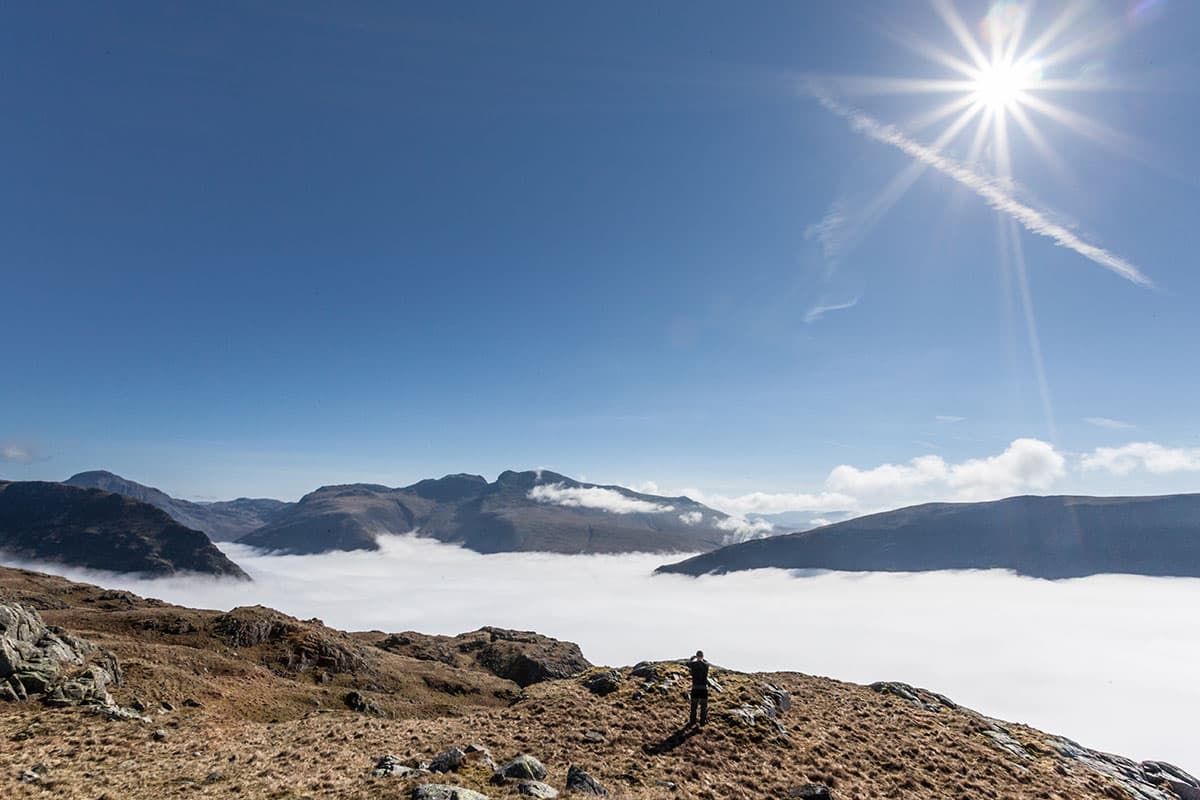
A cloud inversion can be truly spectacular when seen first hand
Unless you’re very fit, it’s worth focusing your time and effort on finding little fells with great views. A great little Lake District fell for wild camping is Middle Fell, which overlooks Wastwater. It’s a favourite because this is the fell from which we saw our first longed-for cloud inversion. To wake up on top of a fell above a valley filled with clouds was something we’d dreamed of, and when it finally happened it was truly spectacular. If there’s one reason to have a go at wild camping, this has to be it.
4. Shelter from the rain
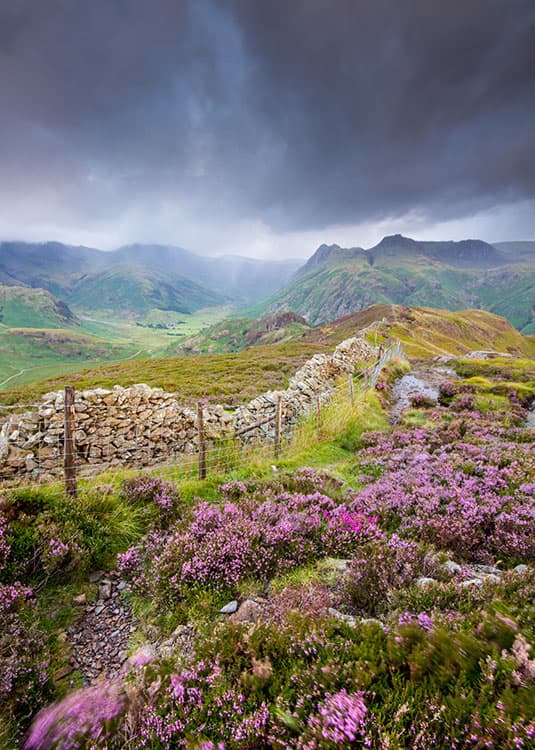
Don’t be put off by the rain – camping can provide shelter from the elements
If we hike in the rain, it’s usually a short and sweet outing, and photographic opportunities are limited. Unless the forecast is for hours and hours of solid rain, wild camping can help overcome this problem by giving you shelter from the worst of the rain as it passes over. Our very first wild camp on Lingmoor Fell was over one rainy weekend in August. We hiked up in the rain, pitched the tent and took shelter while the first deluge passed, then emerged to a dry spell and waited to shoot the next deluge as it passed over the Langdale Pikes, before ducking into the tent again. It rained all night. In the morning, we caught another dry spell and could photograph distant rain showers over the surrounding fells before the rain came back and we packed up and headed home. Our first wild camp was mostly wet, but absolutely brilliant and we were hooked.
5. People in the landscape
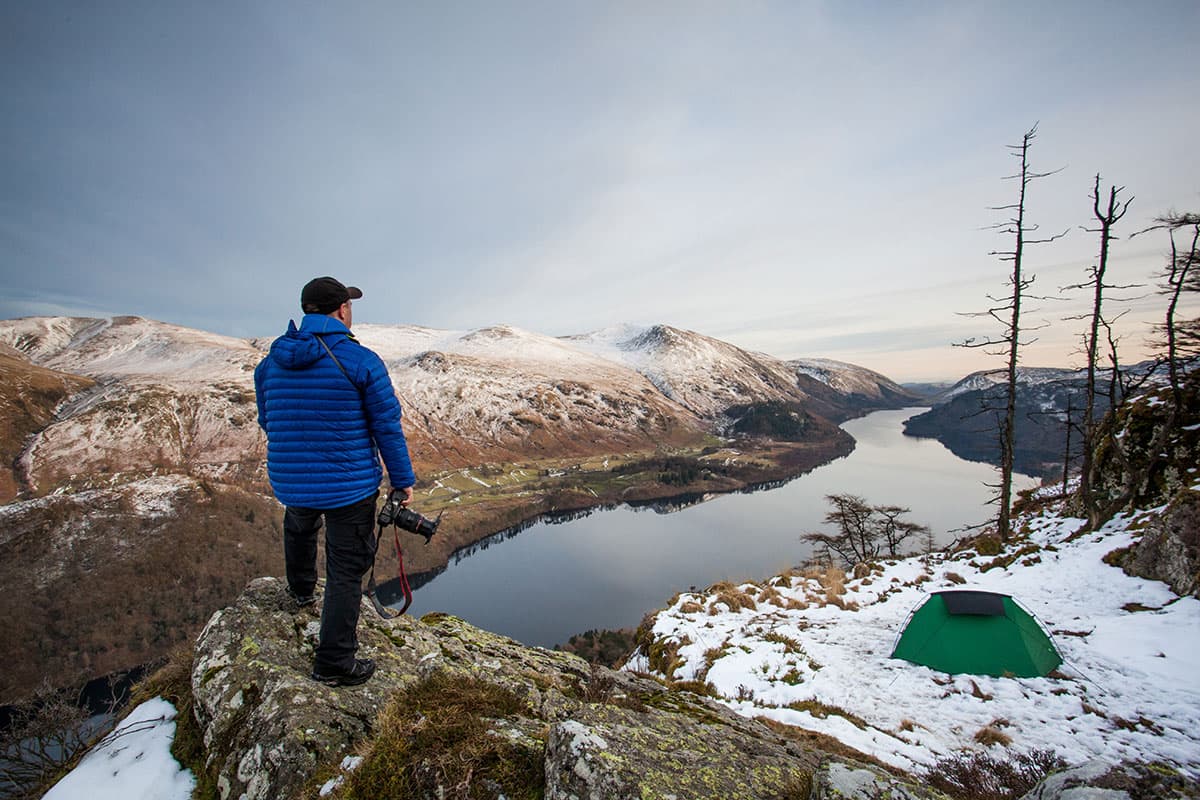
You’ve worked hard to climb up the fell with all your gear on your back, you’ve pitched your tent, and you’ve got some time to relax before you explore and get ready for sunset. Now’s a great chance to take a picture of yourself as a memento of the trip. As an added bonus, if you’re earning income from your photography, photos of people hiking and wild camping sell well with outdoor magazines and on stock photography sites, helping to finance your next trip or bit of kit.
6. Shoot the night sky
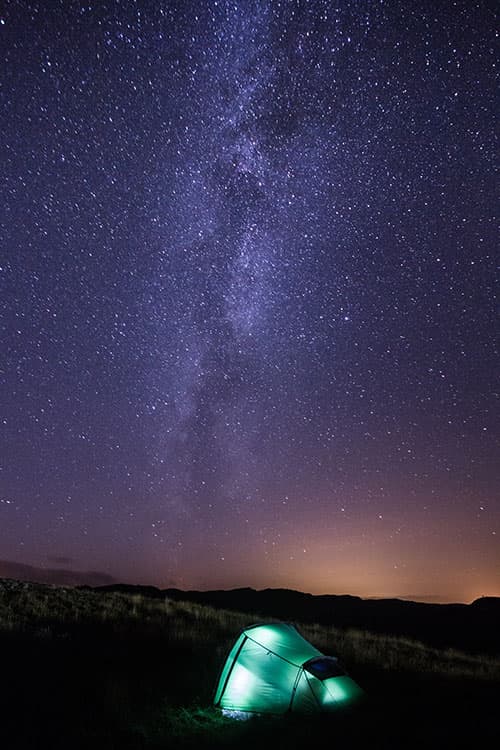
Wild camping is often done in areas far from any light pollution, giving exceptional opportunities for shooting the night sky if you are lucky enough to get clear conditions. It’s therefore worth considering taking a lens that will allow you to do some night photography. Lenses are very much a personal choice, but if you’re going to get a really clear night with star-filled skies, consider making space in your rucksack for the Samyang 14mm (or alternative). You’ll also need to take a tripod. I take the very reasonably priced Manfrotto BeFree travel tripod up the fells with me.
7. Leave the light on
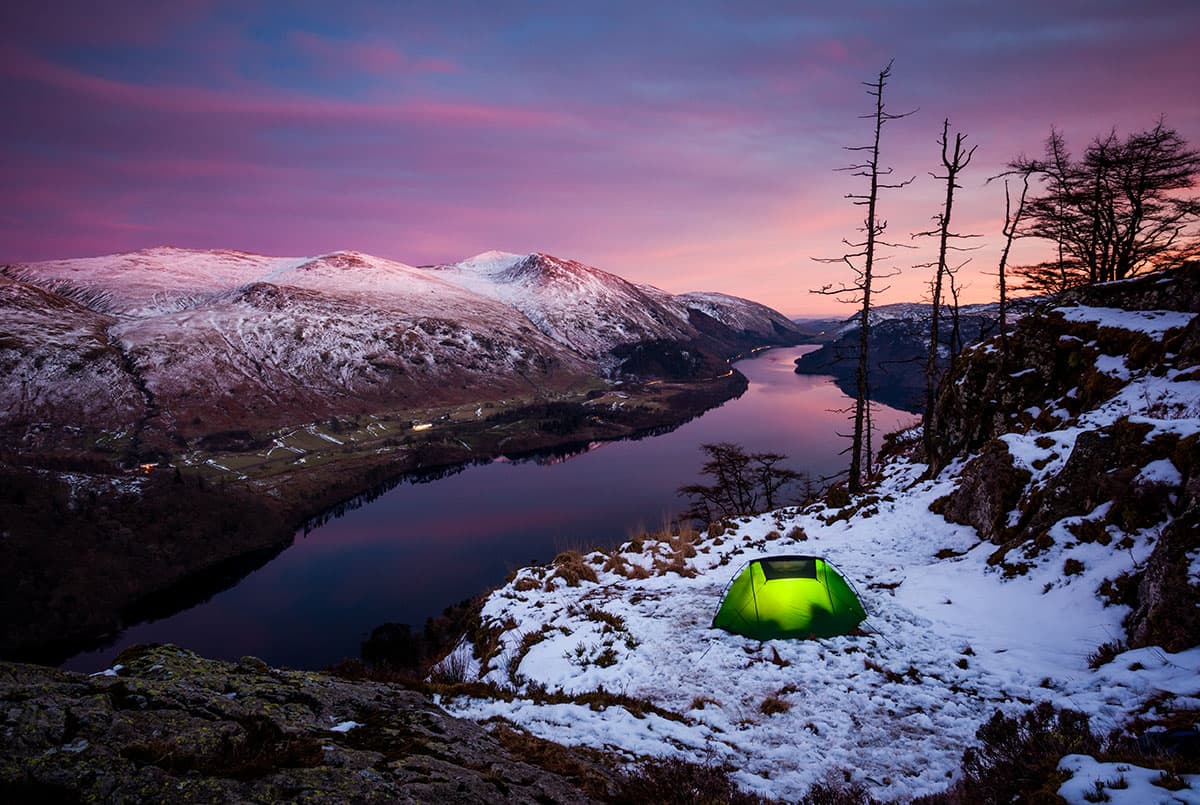
Torch light from your tent can add a warm and cosy feel to the shot
As well as your head torch, pop a couple of little tent lights in your rucksack – they don’t need to be anything fancy or expensive. Turn them on at dusk and take photos of your tent lit up in the landscape for a great photo and effect. This shot (right) was taken just after sunset on the snowy top of Raven Crag, overlooking Thirlmere and the Helvellyn fells.
An important lesson
Sometimes, things don’t go as planned and you have to abandon your trip. This happened to us one time. The forecast had been for breezy conditions, but in the middle of the night the wind increased to more than 40mph. Many tents can withstand this, but ours was brand-new and must have had a fault. The wind shredded it. We had to pack up the tent and all our gear in the dark, in the howling wind and heaving rain. We always take waterproofs, large waterproof stuff sacks, maps (including map apps on our smartphones), head torches and back-up torches just in case, so we made it home a bit wet but safely and with all of our gear, except the tent, intact.
Fortunately, the tent manufacturer replaced the tent with no quibbles. But that night was a big lesson for us. We had been prepared, but now we are more wary of camping out on nights when there is potential for a dramatic change in the weather. The Mountain Weather Information Service website (www.mwis.org.uk) is great for checking high-level conditions in advance of your trip.
Kit list
Neoprene camera cover
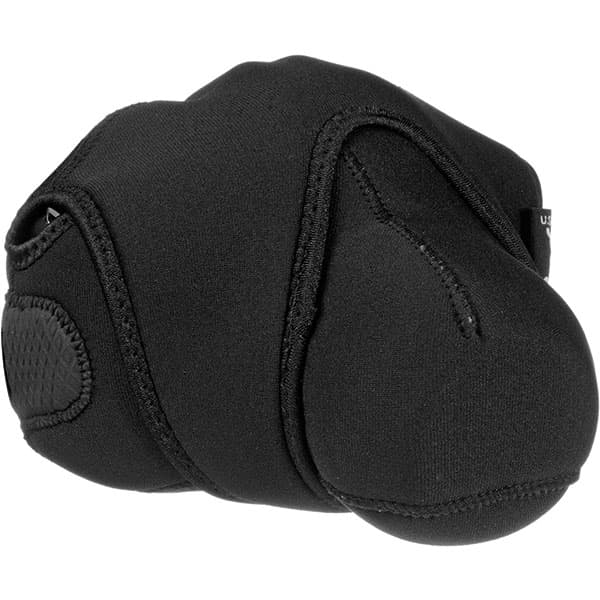
This provides extra protection for your camera while it’s in your rucksack, and against the elements when you’re exploring the fell and carrying it over your shoulder.
Travel tripod
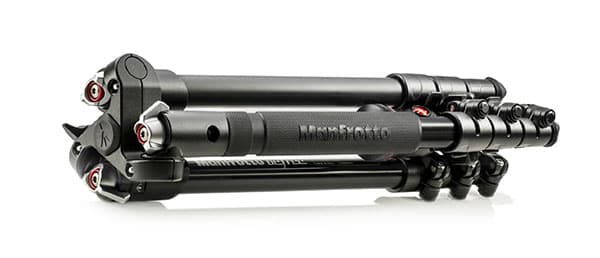
This is useful for shooting the night sky, taking long-exposure shots at dusk or for shooting time-lapse footage. An advantage of wild camping is that you’ll have plenty of time to do this once you’ve reached your pitch.
Wideangle lens
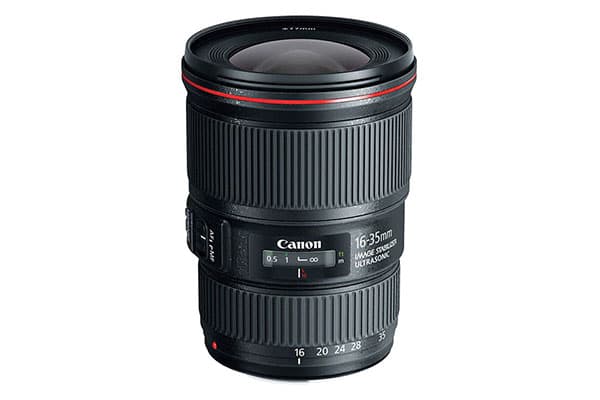
Lenses are very much a matter of personal choice, but I like to take a wideangle lens for capturing a night sky full of stars, and for photographing expansive views of the scenery. On that point, the scenery is often spectacular, so I always like to get as much of it in the frame as possible.
Lee filters

I take only 0.9 hard, 0.6 hard and 0.75 soft grad filters with me to save weight. I’ve cut a few of the velvet pockets out of my Lee Filters Field Pouch and use these to protect the three filters I take up the fell.






